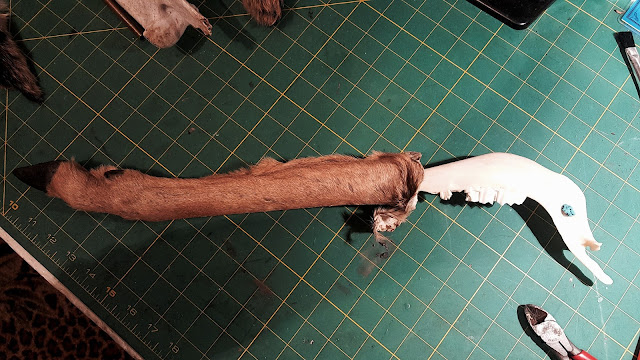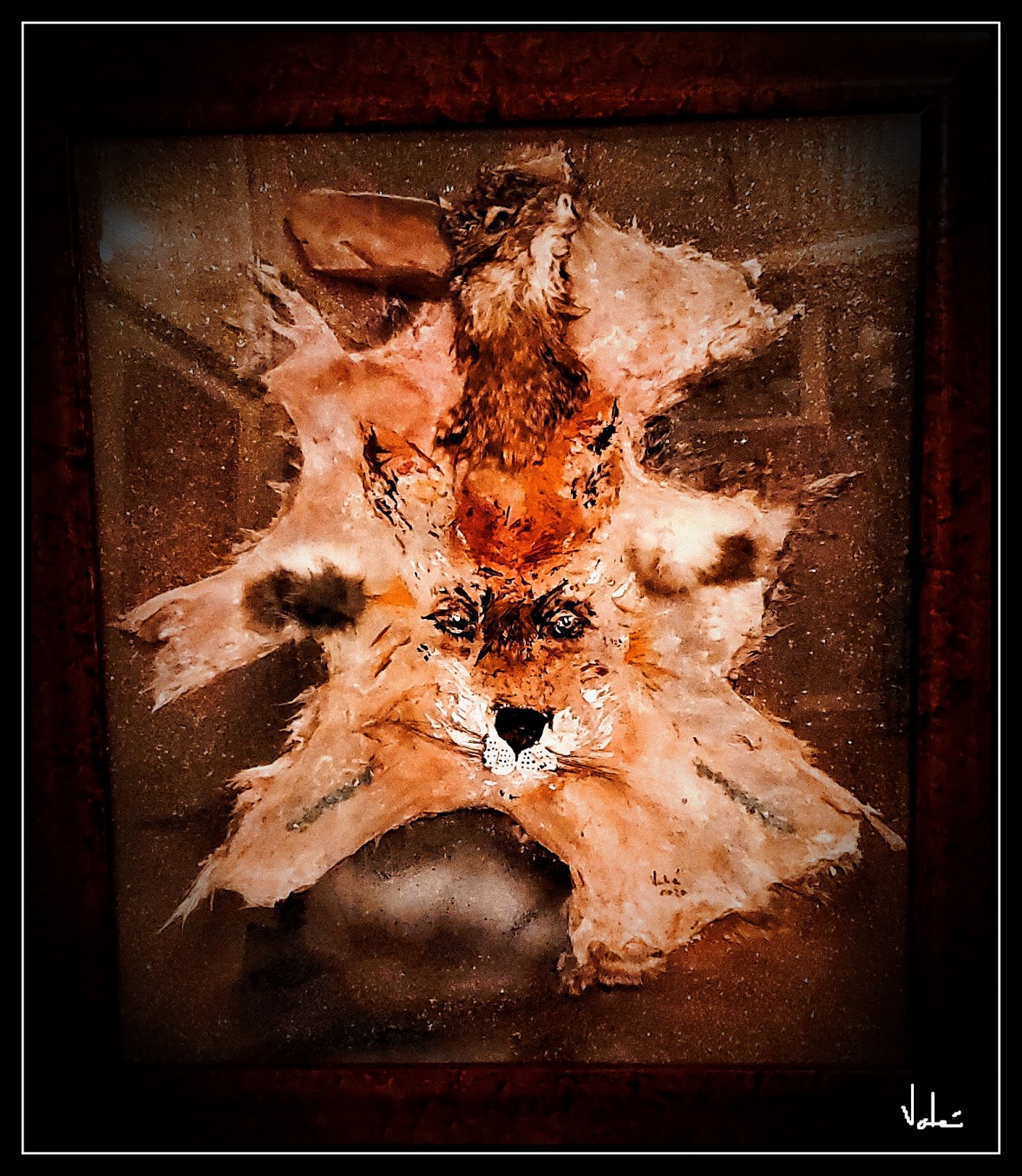Variations on the Talking Stick
I recently learned about the “Talking Stick” used by Native American tribes during tribal council meetings. In order to have a fair discussion to which all attendees participate, the leading elder of the council holds the Talking Stick and open the meeting. After finishing his comments he will pass the Stick to whoever wants to speak next. And the process goes on till all have spoken. Then the Talking Stick is given back to the elder who is its keeper, and the meeting ends.
I also learned that variations of this process and the use of a talking stick exist in non-Native American tribes, worldwide. In the Northwest Coast talking sticks are carved of wood and may resemble small totem poles.
… During my outings in the desert during deer hunting season, I came across the carcass of a deer. The hunter had left the carcass for the coyotes, but a leg and a jaw were almost intact. I thought I can find a creative way to using them.
But I did not. They stayed in my workshop for a while until I was intrigued by the design and history of the Talking Stick.
All my research on the design of the Stick did not show that a deer leg was ever used in its design, although deer, buffalo and moose jaws are reported to be commonly added to the wooden handle.
So, decided to create my own version.
Here is how it all started:
I wanted to use Kaibab squirrel pelt and tail, quail feathers and Campitos turquoise stones from Arizona. A few lines with oil paint, and the stick took shape.
This can be hung on a wall but decided to use my favorite “desert drift” wood as a base. And, on a rather cloudy day, when I placed it near a window, the jaw bone became delightfully translucid!
February 16, 2018
©Vahé A. Kazandjian, 2018






Very nice presentation!
ReplyDelete